
Pentacrinites fossilis, a Lower Jurassic crinoid from Lyme Regis, Dorset
The diversity and abundance of echinoderm fossils is reflected in the Museum's large, world-class collection.
Fossil echinoderms are numerous, due in part to the fantastic preservation potential of the calcite plates that form their skeletons. They have been found in Phanerozoic marine sediments around the globe.
200,000 1,800
Specimens Type specimens
Strengths
With around 200,000 specimens, including more than 1,800 type and figured specimens, the Museum’s collection is representative of all classes of echinoderms.
Collection strengths:
- Palaeozoic and Mesozoic asterozoans
- Mesozoic echinoids
- Palaeozoic crinoids
- carpoids (Homalozoa)
- blastoids and cystoids
Countries of origin
The collection is representative of all continents.
Geological range
The full geological range of each group is represented in our collection:
- Asterozoa (Cambrian to Recent)
- Blastoidea (Cambrian to Permian)
- Crinoidea (Cambrian to Recent)
- Cystoids (Ordovician to Devonian)
- Echinozoa (Cambrian to Recent)
- Homolozoa including the carpoids (Cambrian to Carboniferous)
Looking for a specimen?
The fossil echinoderm collection is being digitised
Curator
Any questions ?
If you would like to use any specimens for research
Related information
-
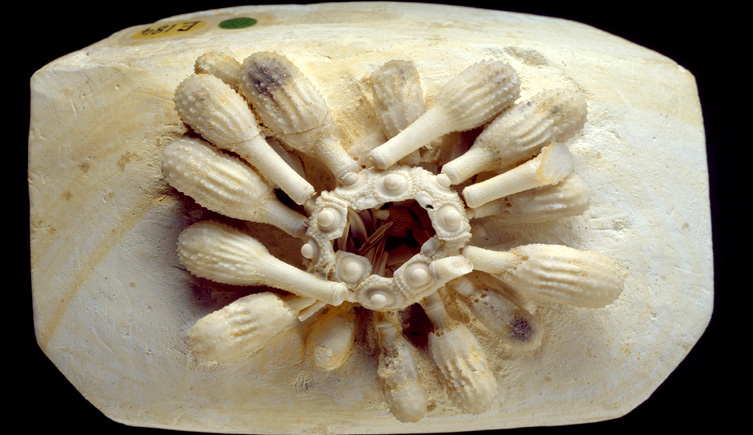
The sea-urchin Tylocidaris clavigera has highly characteristic club-like spines. This specimen is 80-83 million years old and originates from the Upper Cretaceous Chalk in southern England.
-
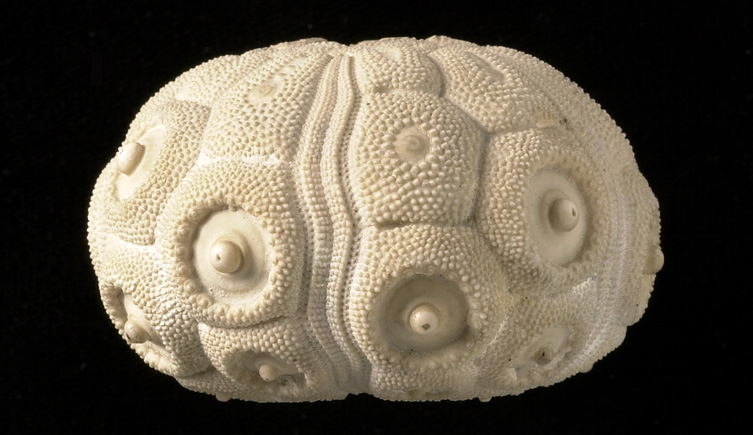
Temnocidaris (Stereocidaris) sceptrifera, a fossil echinoid 5.5cm in diameter from the Cretaceous Chalk of Hertfordshire, England
-
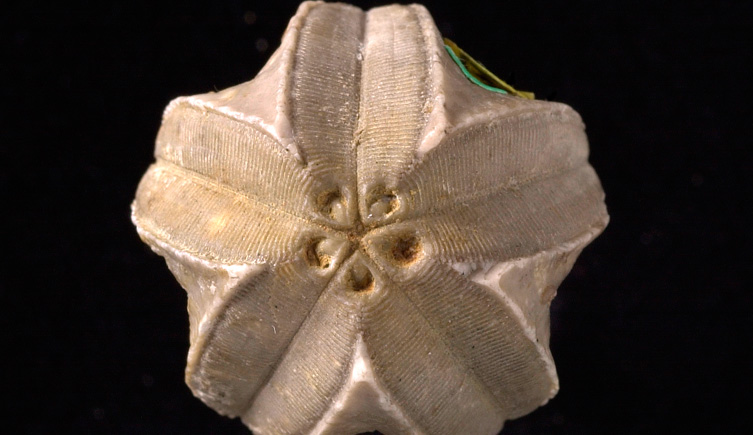
Pentremites sulcatus, 2.3cm in diameter, from the Carboniferous of Illinois
-
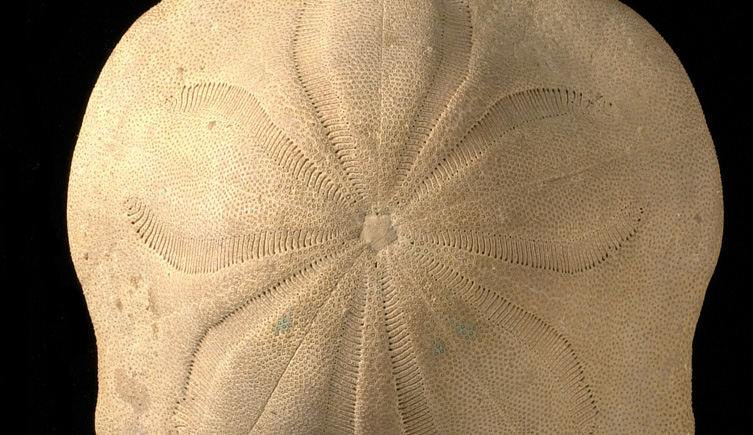
Clypeaster altus, a fossil echinoid
-
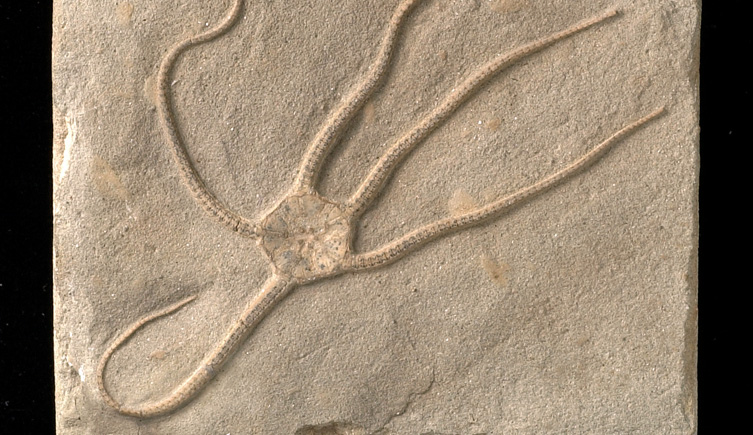
Palaeocoma egertoni, a fossil ophiuroid with 4.5cm-long arms, from the Jurassic of Dorset, England

Collections on the move
We have set out on an ambitious programme to develop a new collections, science and digitisation centre. As we prepare for the move, access to some collections will be affected.

Accessing the collections
Scientists and collections management specialists can visit the collections and borrow specimens for research.

Collections management
Our duty is to provide a safe and secure environment for all of our collections.